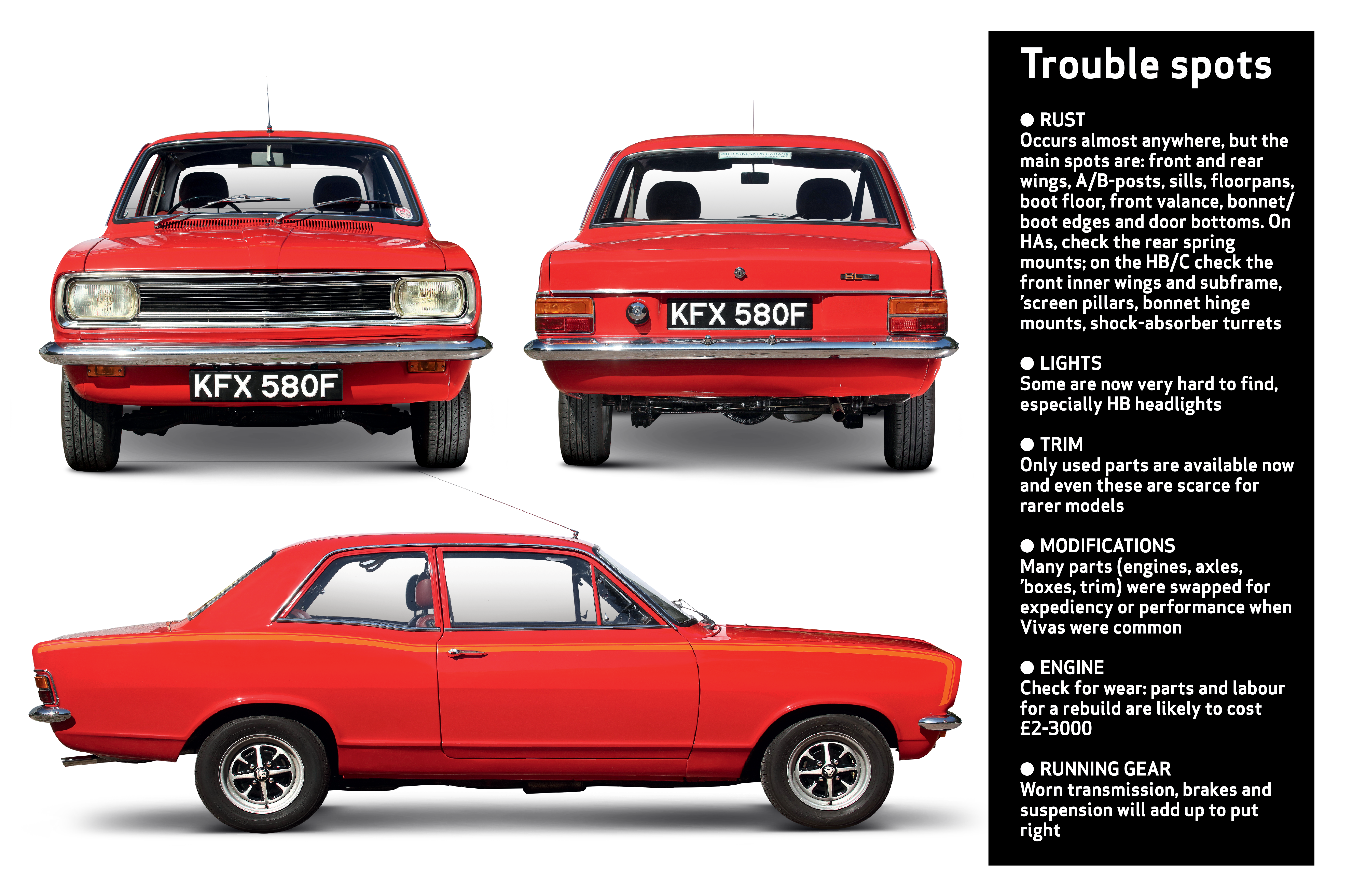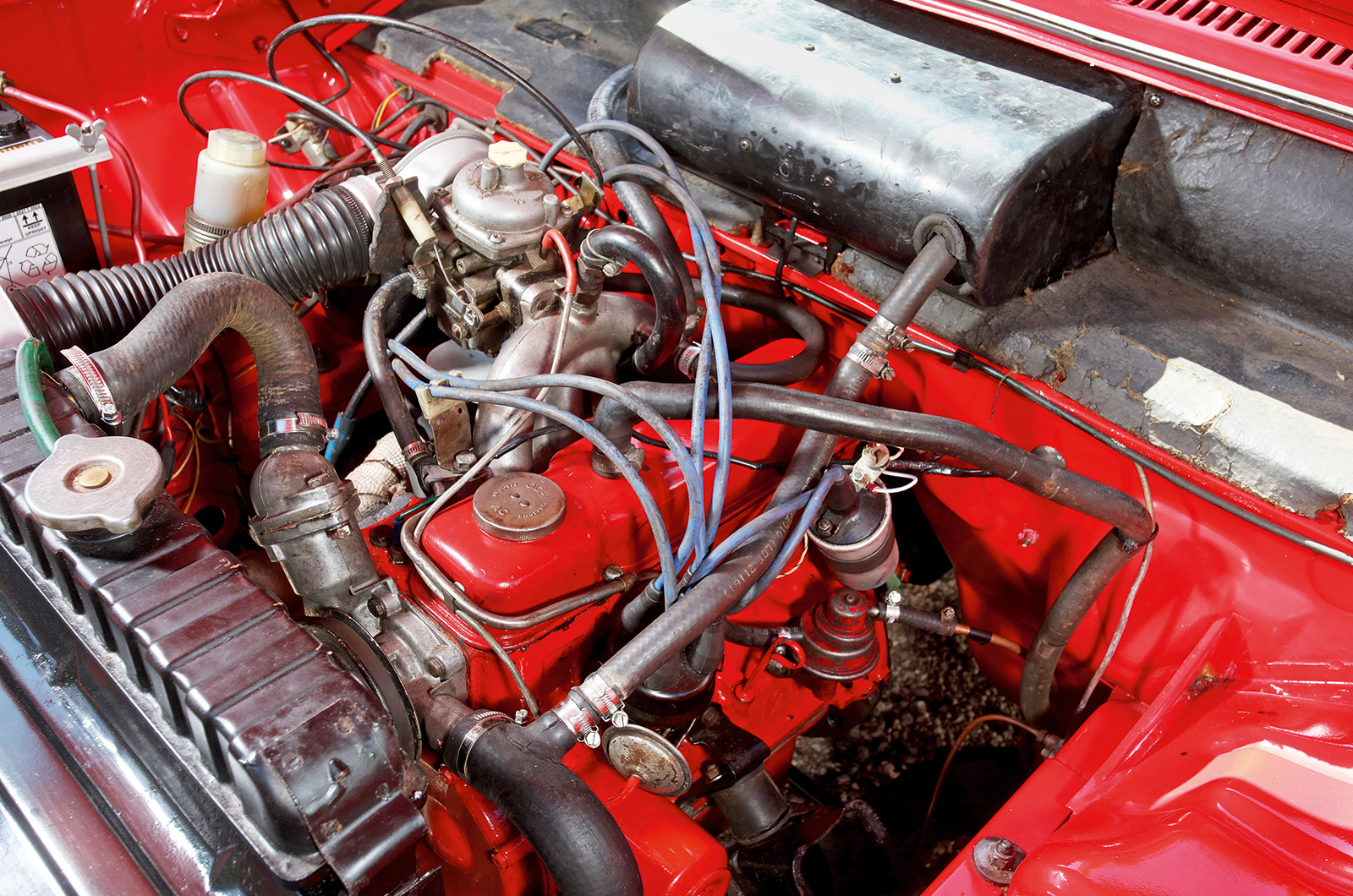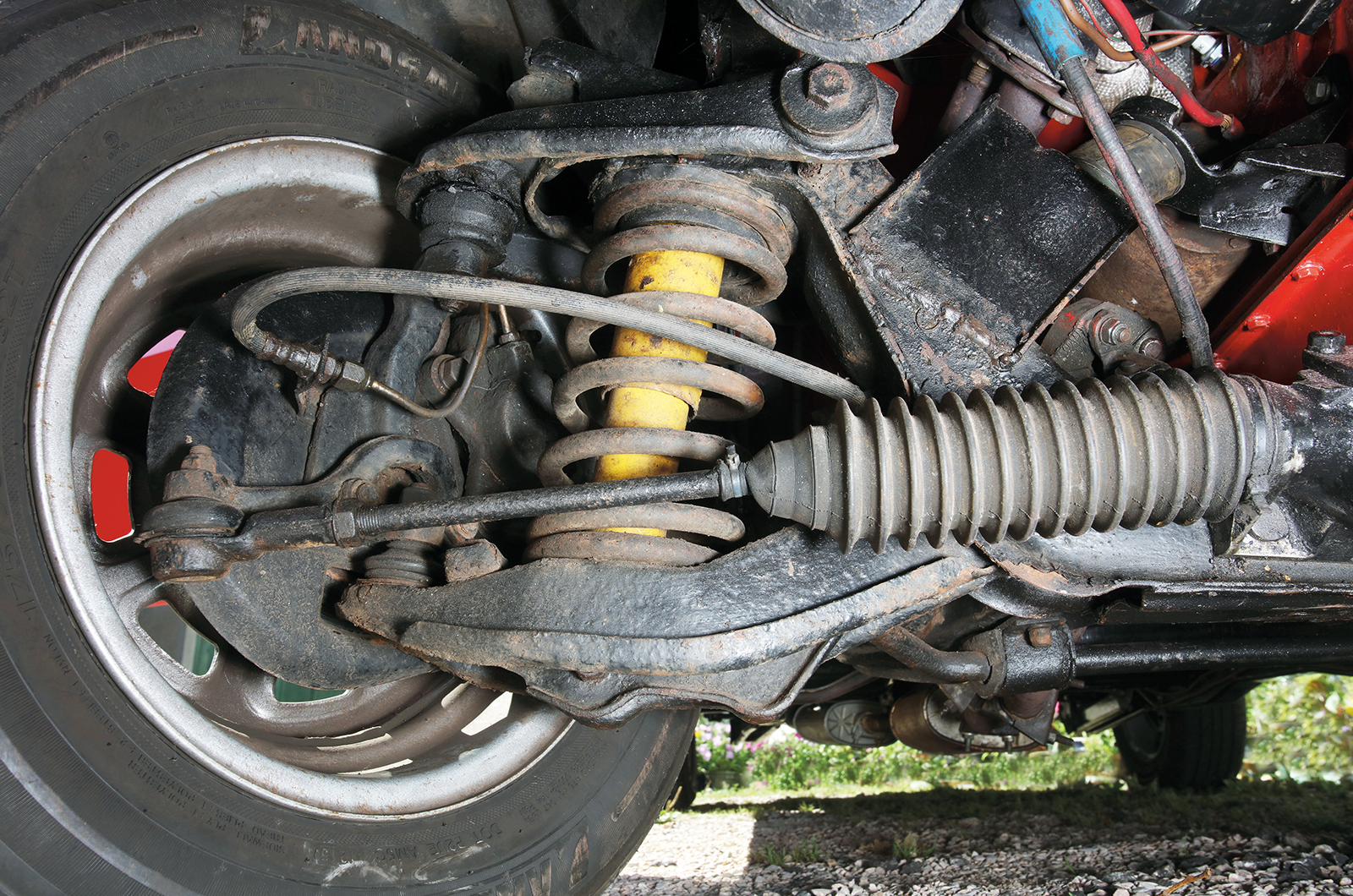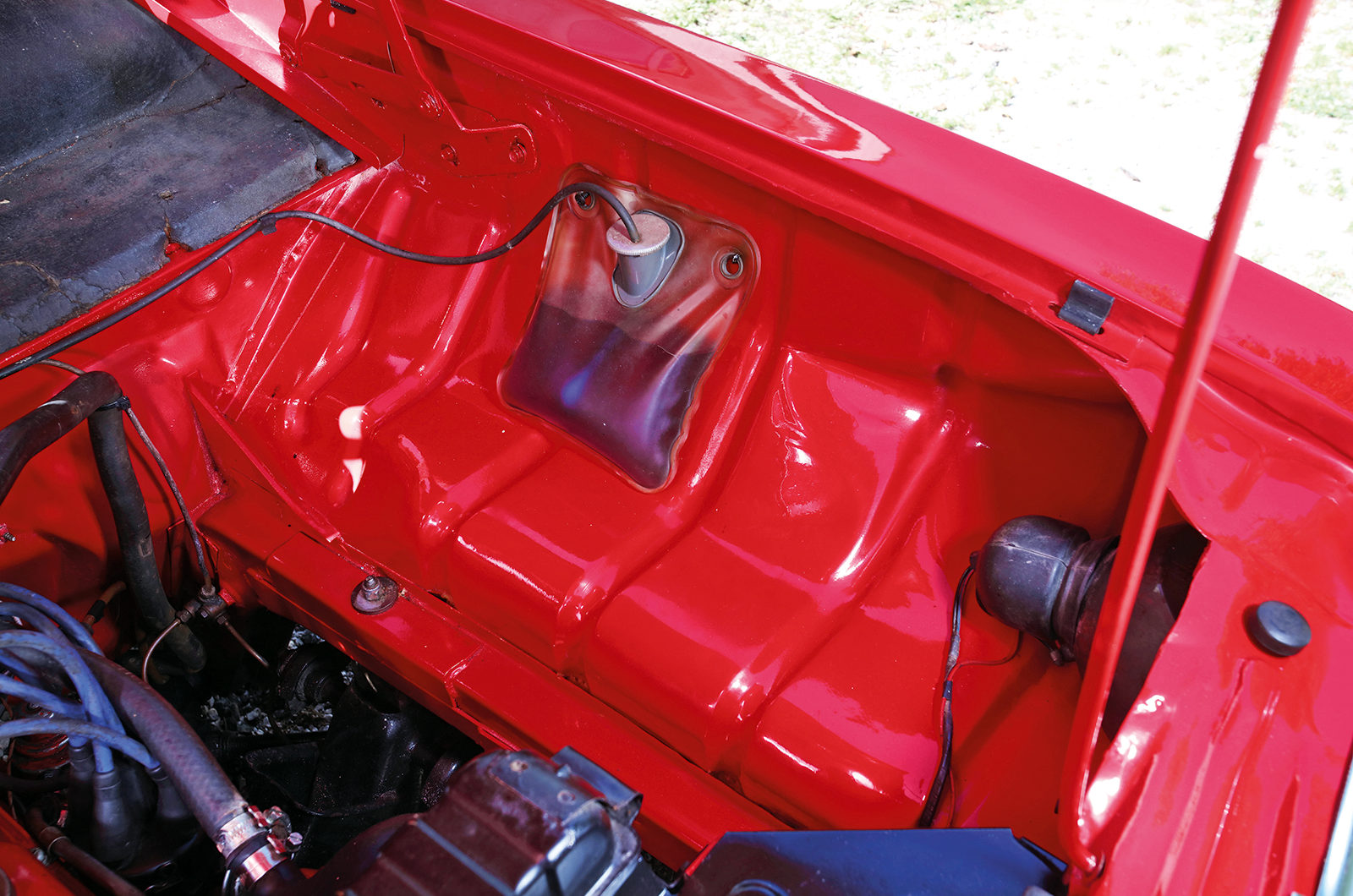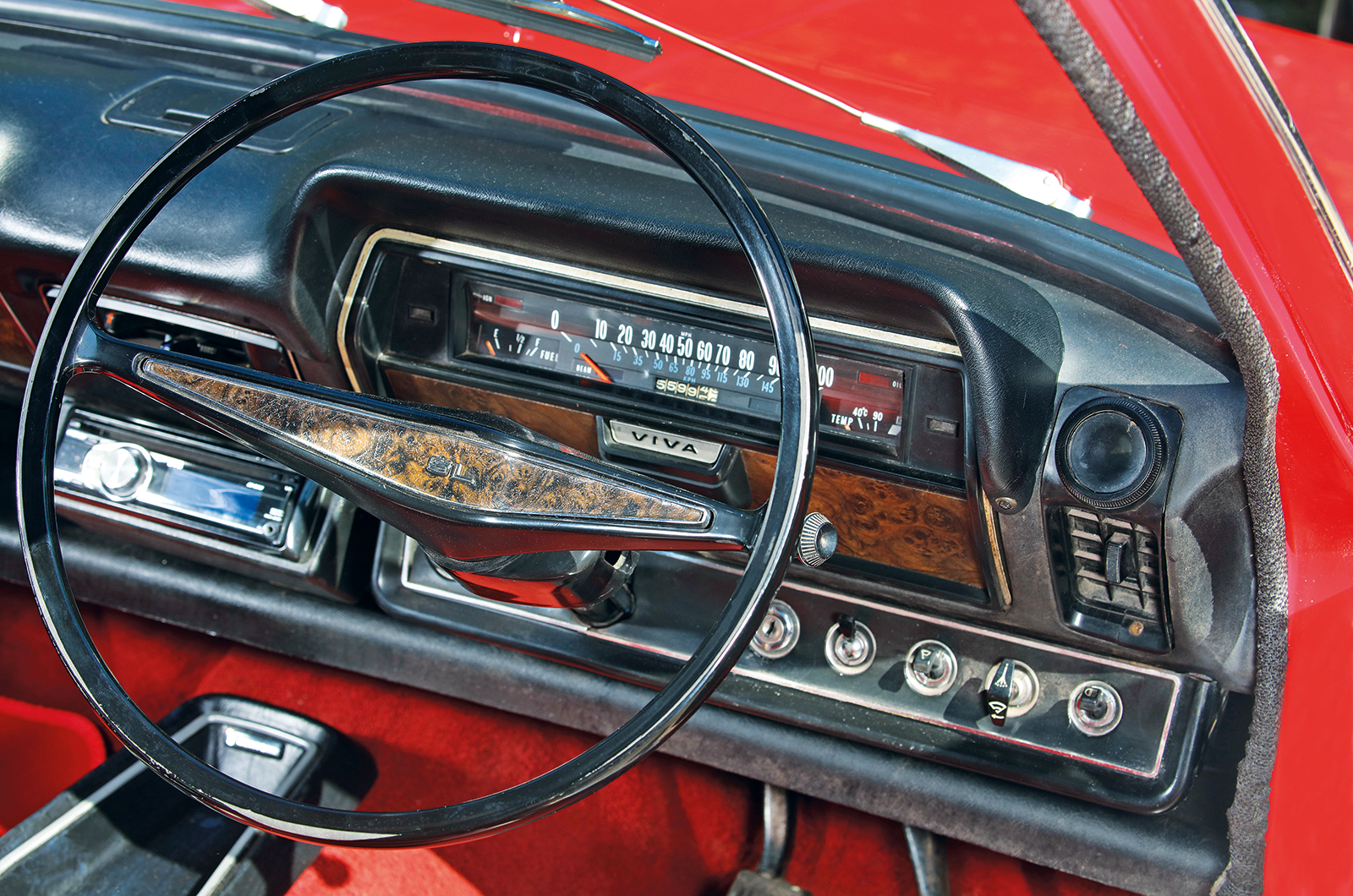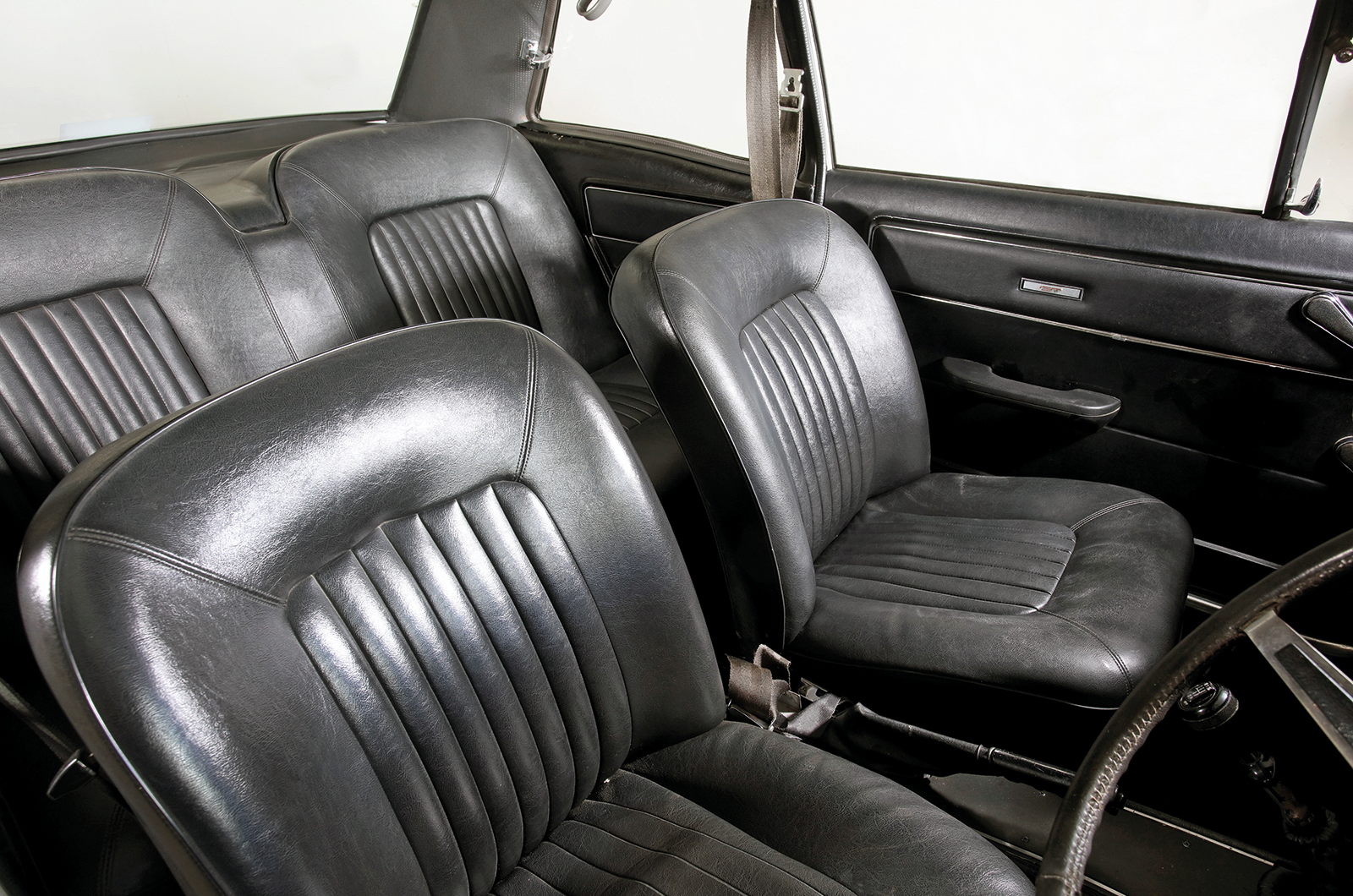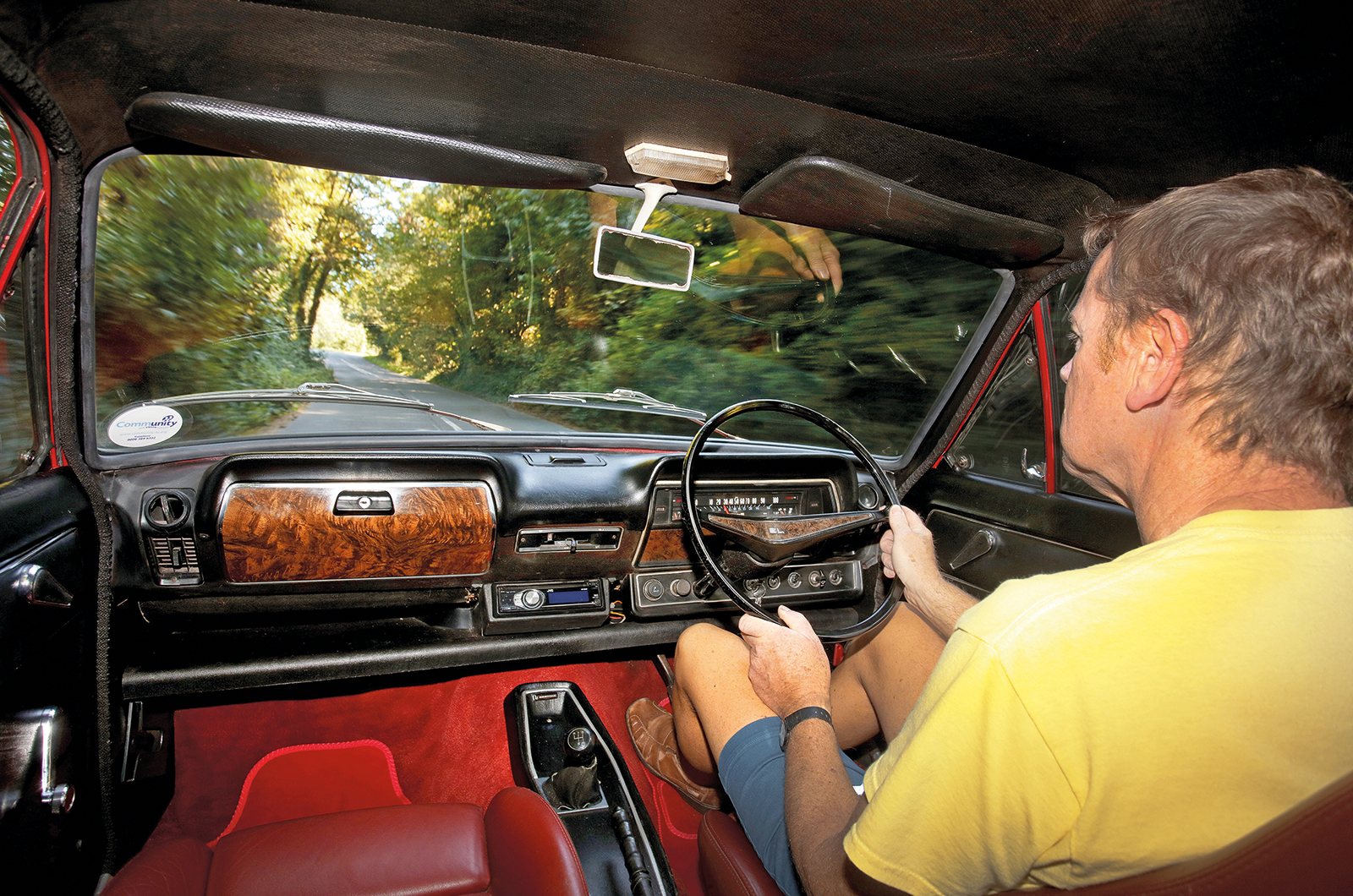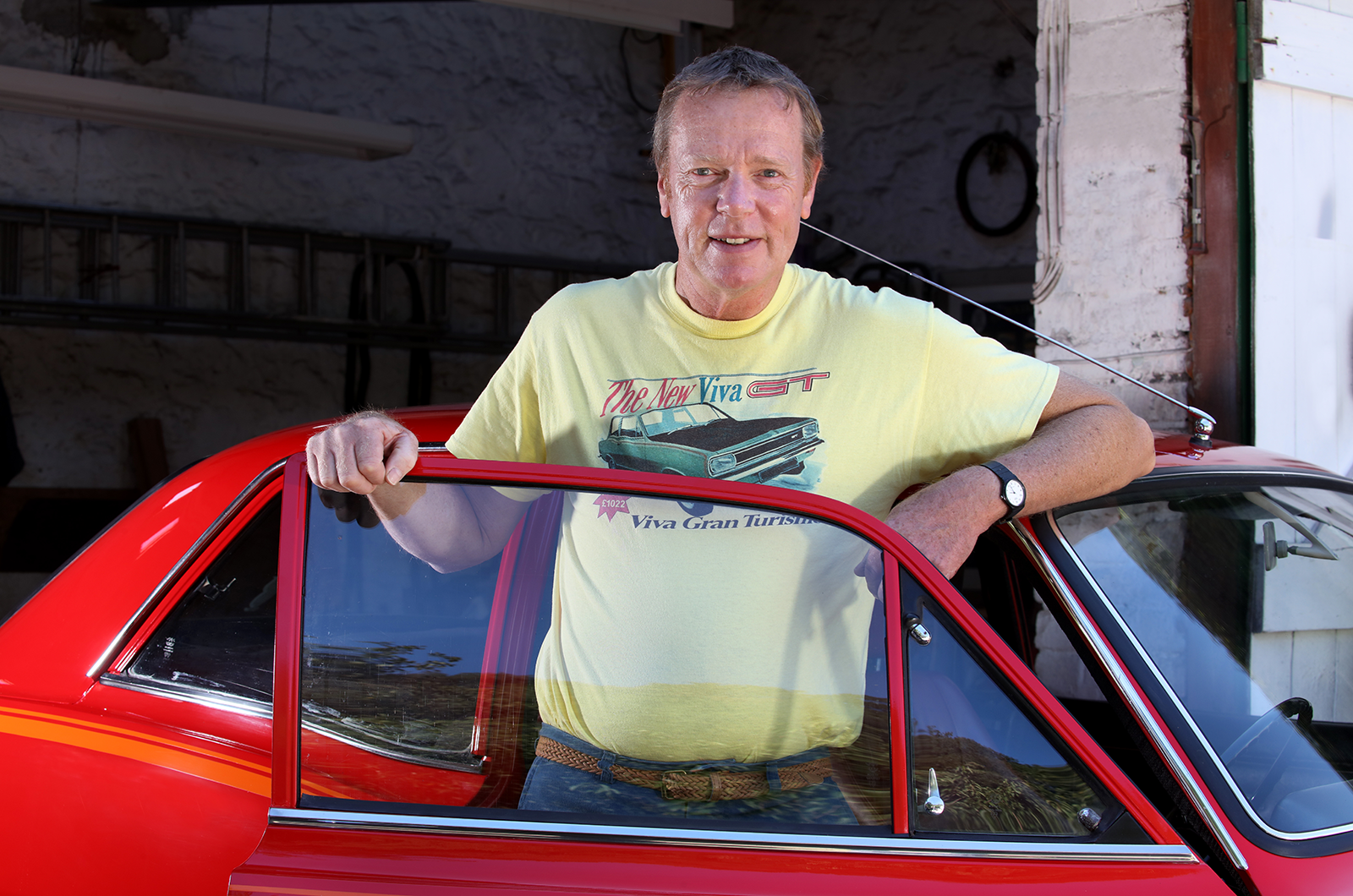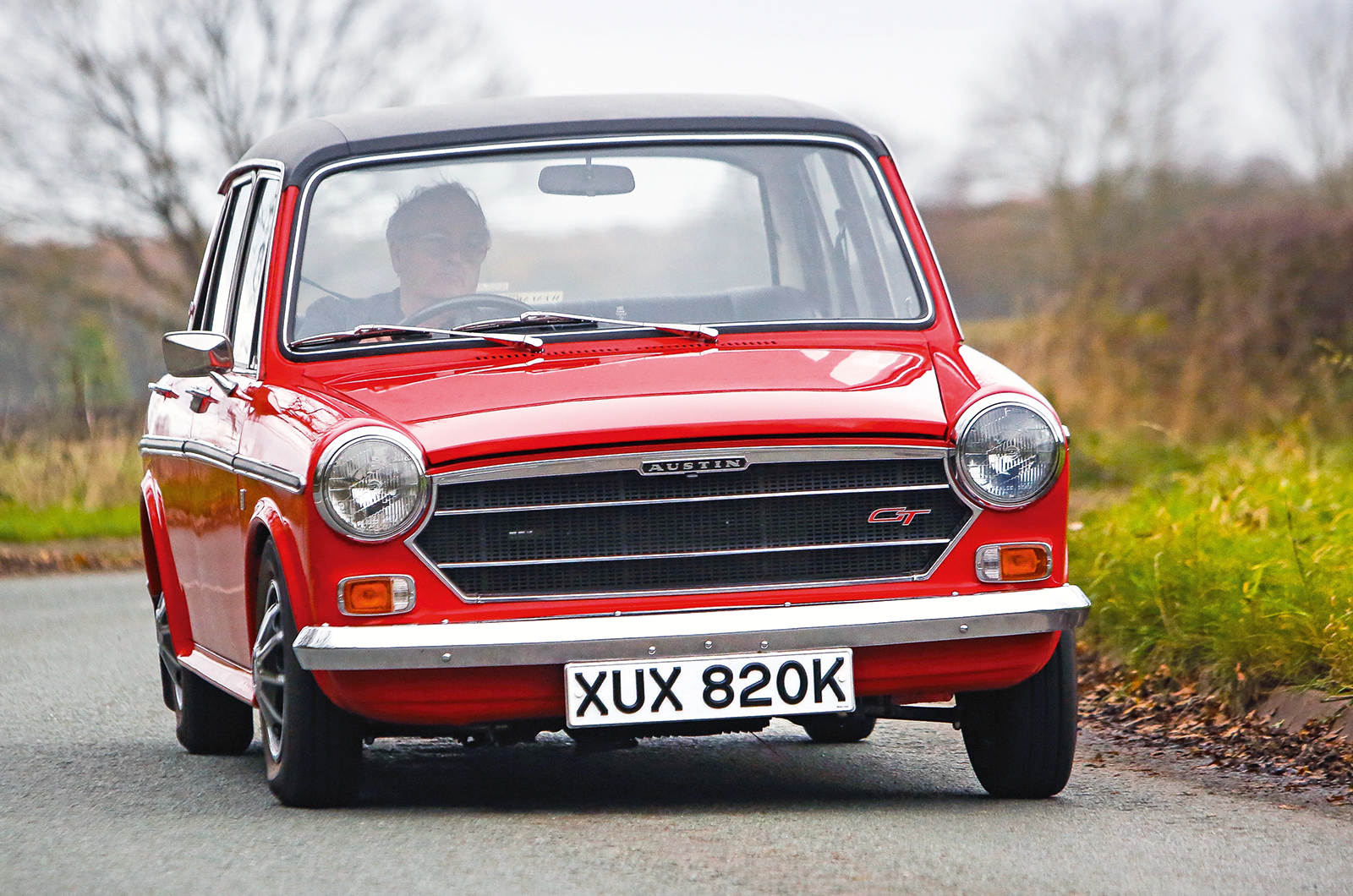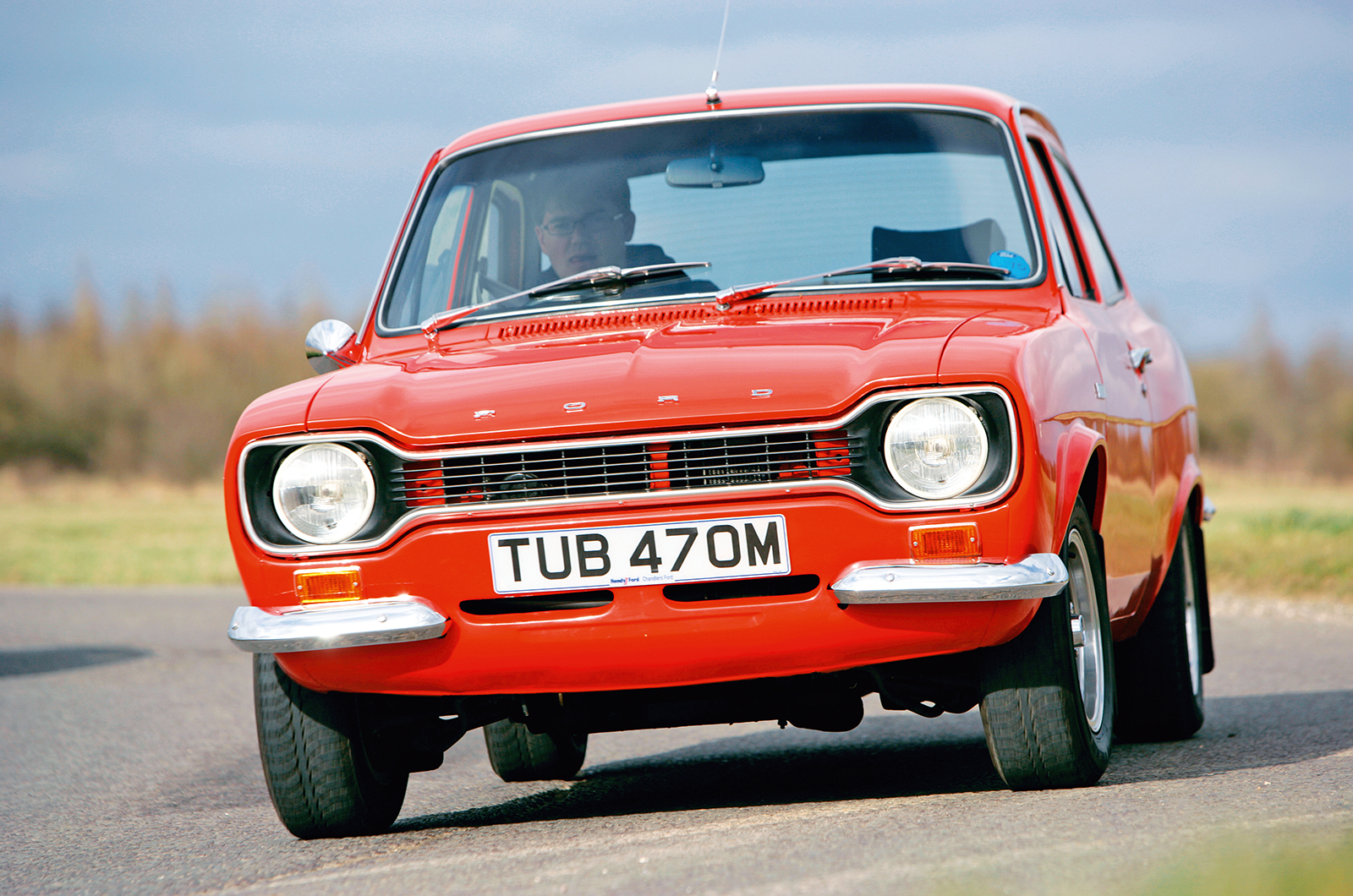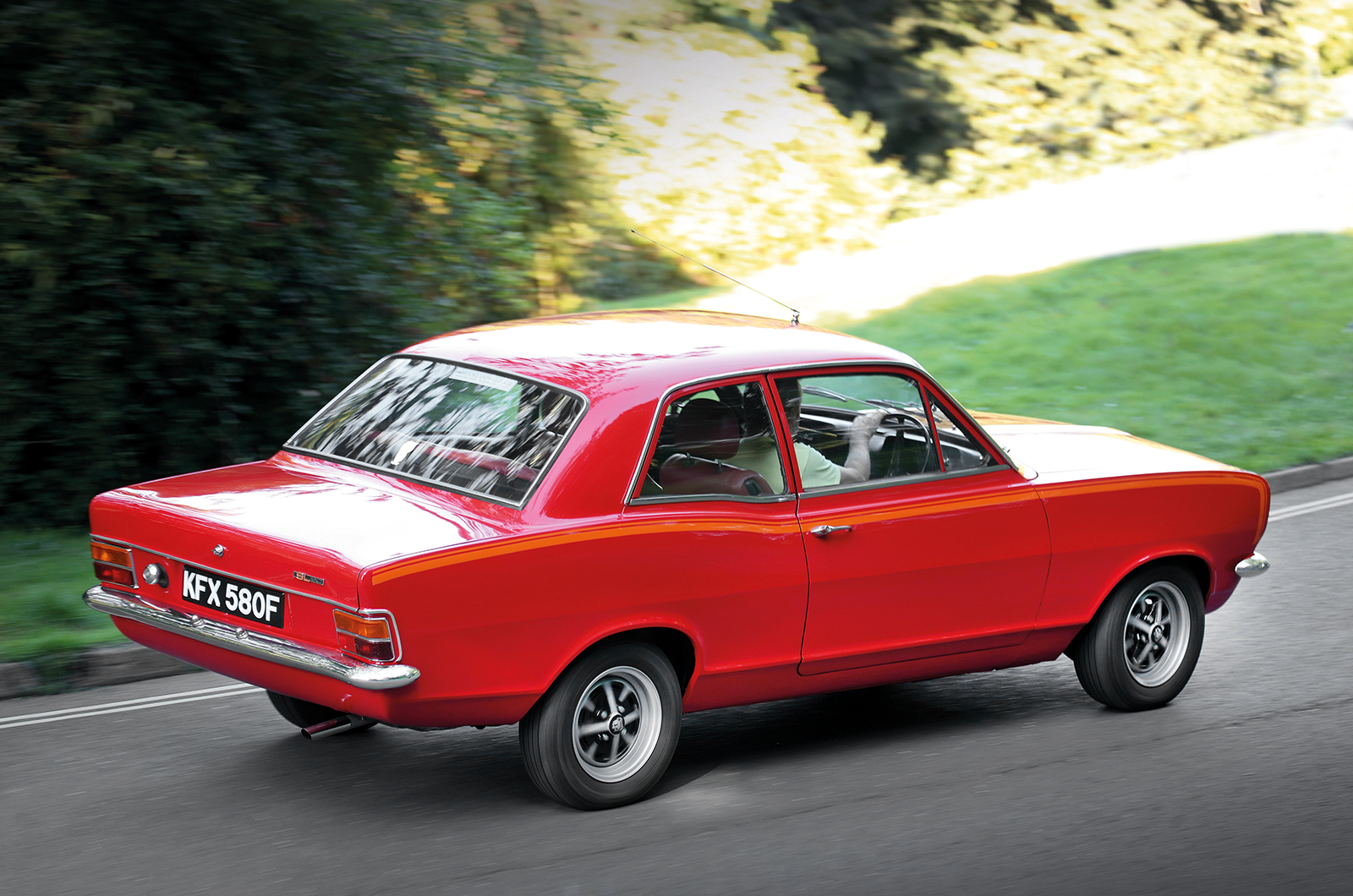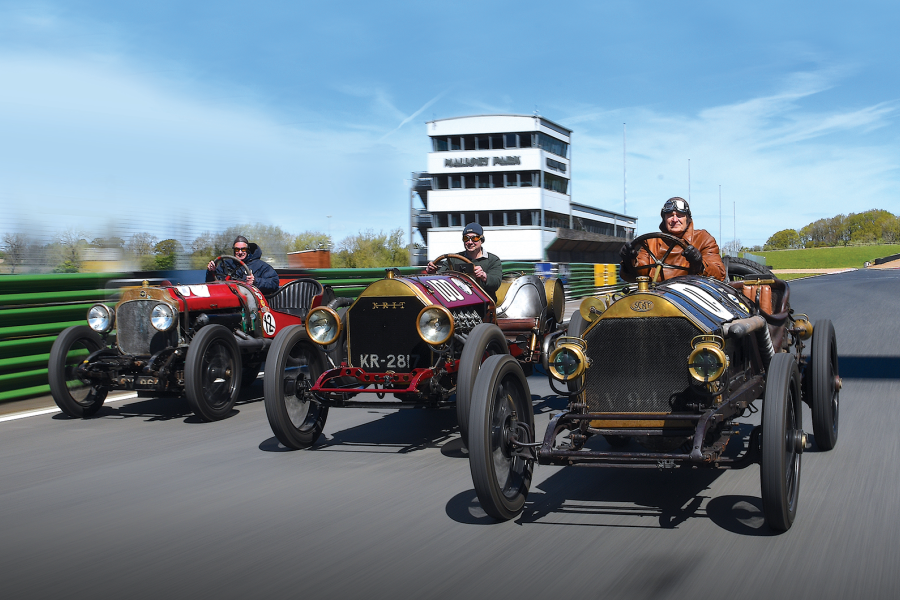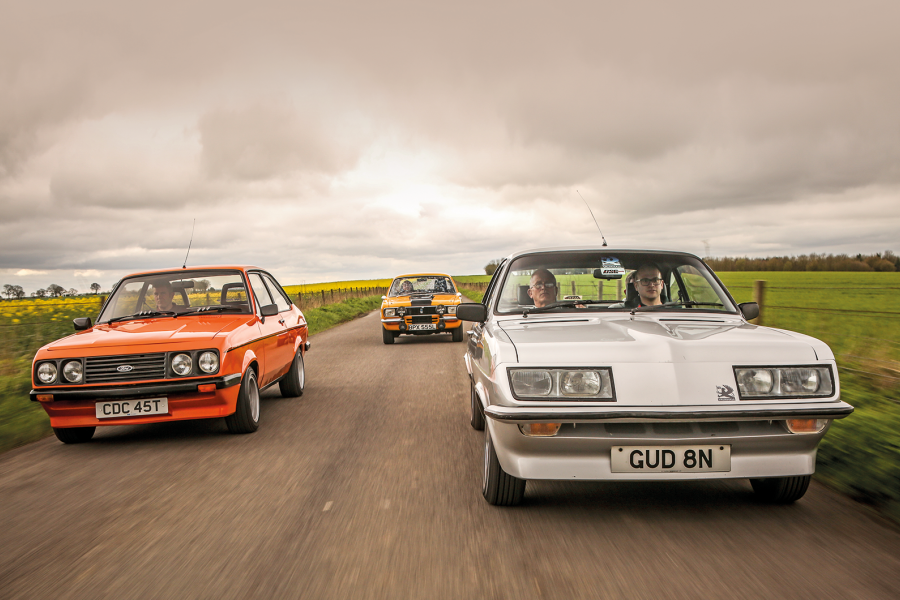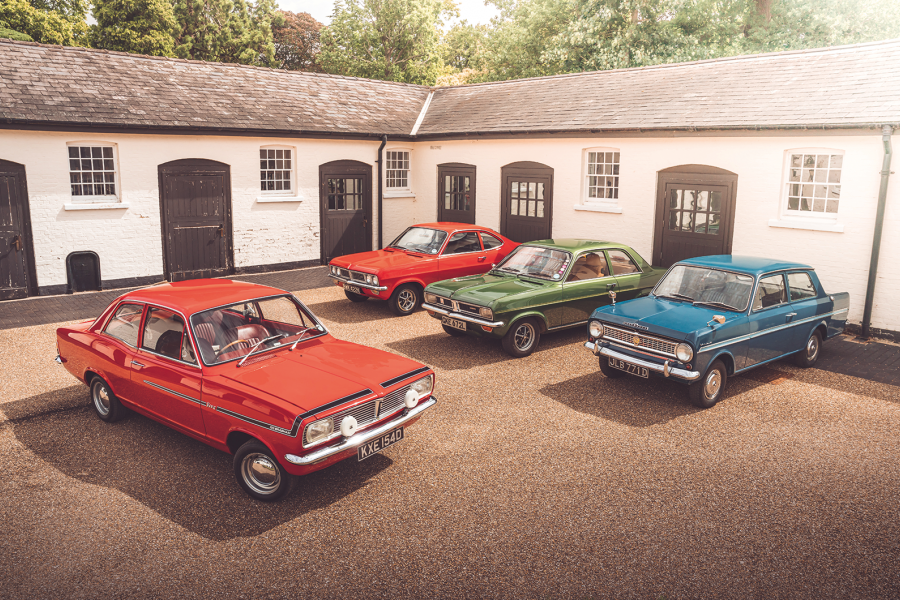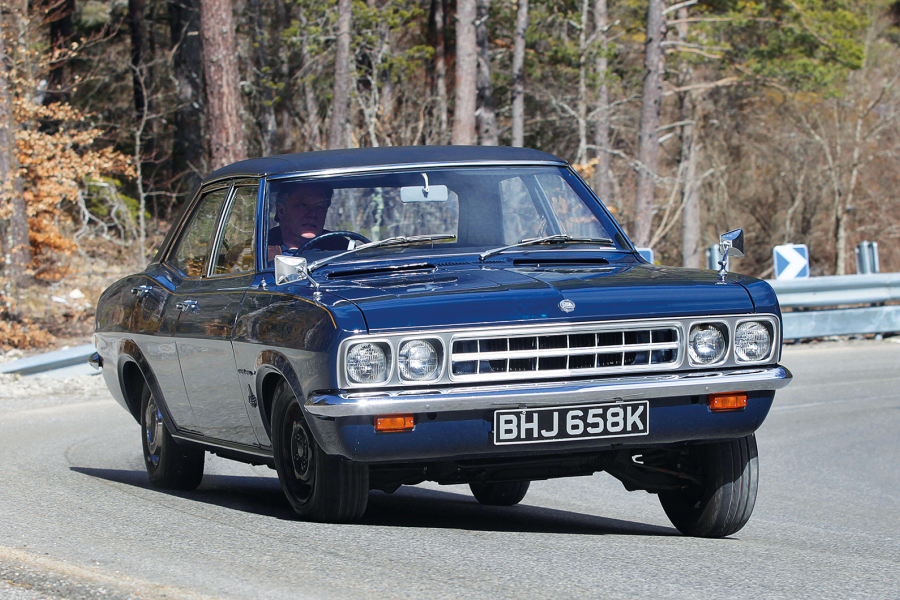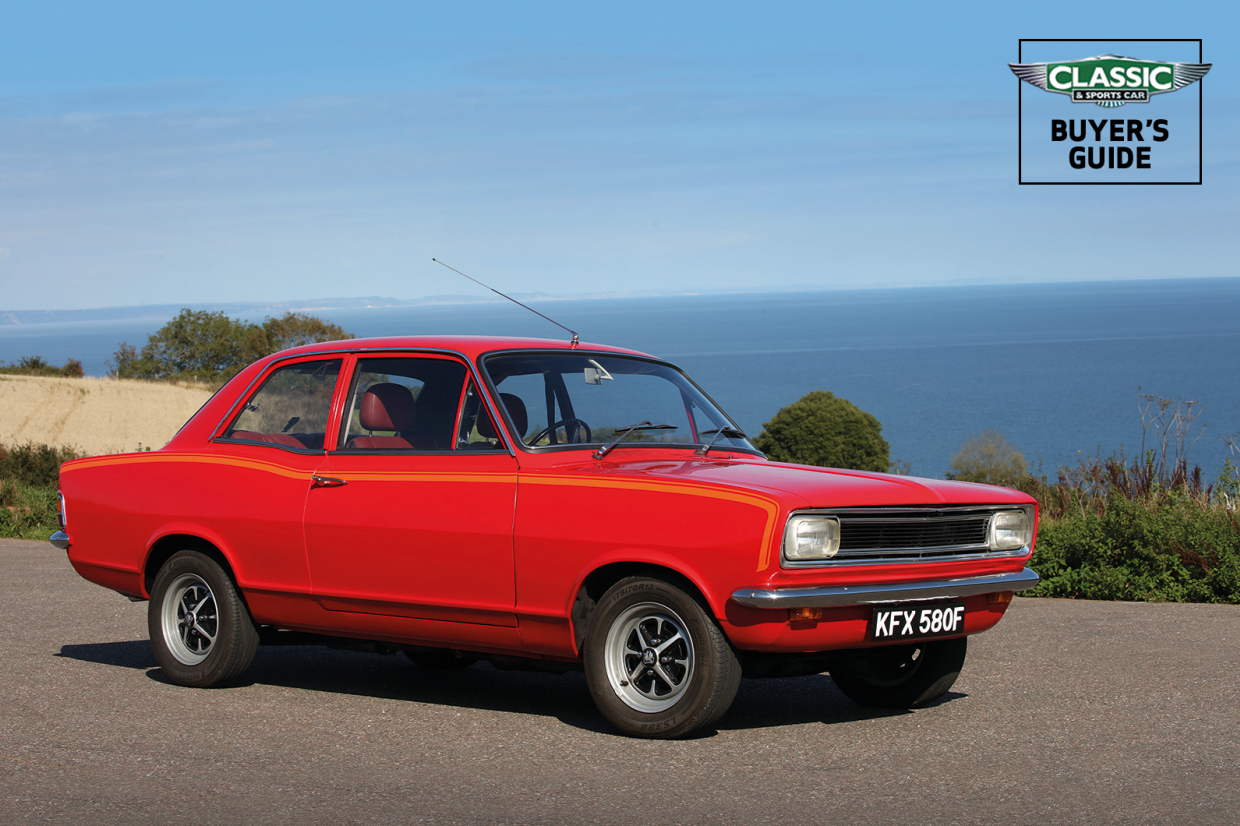
Why you’d want a Vauxhall Viva
The HA Vauxhall Viva looks like a small vehicle today, but it was considered large and spacious for a 1-litre car in 1963, with good economy and performance for the time but a rather poor ride and finish.
Light rack-and-pinion steering and an excellent all-synchromesh gearchange helped make it pleasant to drive and it was spacious, with an unusually large boot.
An excellent family car, it gave Vauxhall a useful slice of the small-saloon market – one it hadn’t entered before.
It was therefore a little surprising that the Viva grew significantly in size for both its second and third incarnations: the HB was almost a completely new car, with all-new shell and suspension, 4in extra wheelbase and a 6in longer body.
Its ‘Coke bottle’ styling was attractive and complemented by a much-improved interior. Quiet and smooth, it was equipped with a particularly well-located rear axle, which finally turned the Vauxhall into a driver’s car.
The 2-litre, overhead-cam Viva GT wasn’t the boy-racer bolide it was dressed up to be, but was a great touring car that in HB form was the only production Viva to (just) top the ton – 100mph was a mere 1mph out of reach for the HC GT and 2300SL – and it was the only one to better 11 secs to 60mph.
Not surprisingly, it’s the most sought-after and valuable production Viva now, though specials such as the Brabham, Crayford convertible and Lawrencetune GT will inevitably command more.

